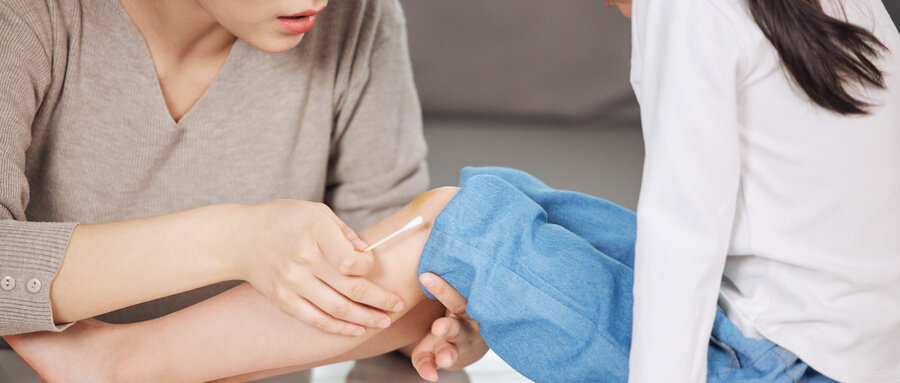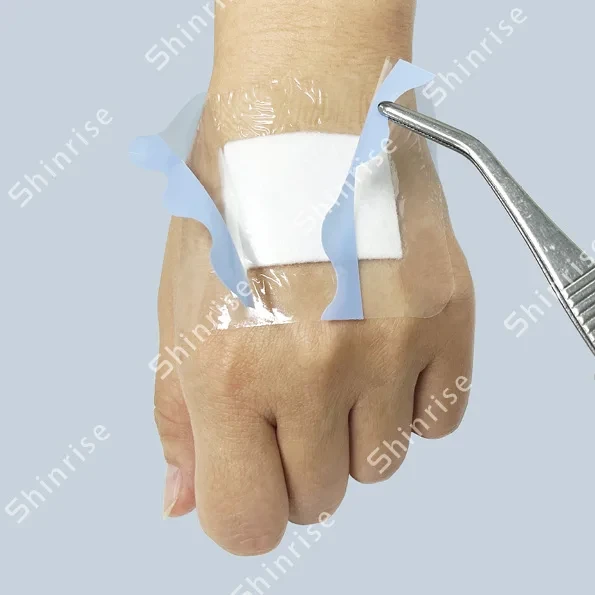Email cannot be empty
Password cannot be empty
Email format error
Email cannot be empty
Email already exists
6-20 characters(letters plus numbers only)
The password is inconsistent
Email format error
Email cannot be empty
Email does not exist
6-20 characters(letters plus numbers only)
The password is inconsistent


Understanding the Essentials of Medical Dressing Supplies
When it comes to healthcare, the importance of effective wound care cannot be overstated. Whether in a hospital, clinic, or at home, having the right medical dressing supplies is crucial for promoting healing and preventing complications. Imagine a world where a simple cut or surgical wound can lead to serious infections or prolonged recovery. Proper wound management through high-quality dressing materials is the key to avoiding such scenarios. In this blog, we will explore the different types of medical dressing supplies, their applications, and why they are essential for optimal patient care.
What Are Medical Dressing Supplies?
Medical dressing supplies encompass a wide range of products designed to protect wounds, promote healing, and provide comfort to patients. These supplies include bandages, gauze, adhesive tapes, and advanced dressings such as hydrocolloids and foam dressings. Each type of dressing serves a specific purpose, depending on the nature and severity of the wound.
The Importance of Choosing the Right Medical Dressing Supplies
Selecting the appropriate dressing for a wound is not just a matter of convenience; it directly impacts the healing process. The right dressing can:
- Protect Against Infection: Properly applied dressings help keep bacteria and contaminants out, reducing the risk of infection.
- Promote Moisture Balance: Certain dressings create a moist environment that encourages cell migration, speeding up the healing process.
- Minimize Pain: Advanced dressings can provide cushioning and reduce pain during movement or dressing changes.
- Enhance Patient Comfort: Comfortable dressings improve the overall experience for patients, making them more likely to adhere to treatment plans.
Types of Medical Dressing Supplies
Primary Dressings
Primary dressings are the first layer placed directly on the wound. They come in various materials and serve specific functions:
- Gauze Pads: These are widely used for their absorbent properties and are often employed for light to moderate exudate wounds.
- Hydrocolloid Dressings: These dressings create a moist environment that promotes healing and are particularly effective for shallow to moderate wounds.
- Foam Dressings: Highly absorbent and cushioning, foam dressings are ideal for wounds with heavier exudate.
Secondary Dressings
Secondary dressings are applied over primary dressings to secure them in place and provide additional protection:
- Adhesive Tapes: Used to hold dressings in place, these tapes come in various widths and types, including paper, fabric, and silicone options.
- Elastic Bandages: Often used for sprains and strains, these provide compression and support to affected areas.
Advanced Medical Dressing Supplies
With advancements in technology, the range of medical dressing supplies has expanded to include more specialized products:
Antimicrobial Dressings
These dressings incorporate antimicrobial agents that help prevent infection. They are particularly beneficial for chronic wounds or surgical sites at high risk of infection.
Alginate Dressings
Made from seaweed, alginate dressings are highly absorbent and ideal for wounds with significant exudate. They help create a moist environment while also being biodegradable.
Film Dressings
Transparent and breathable, film dressings are ideal for protecting wounds from external contaminants while allowing for easy monitoring. They are often used for minor cuts, abrasions, and IV sites.
The Role of Medical Dressing Supplies in Different Settings
Hospitals and Clinics
In clinical settings, the availability of a wide variety of medical dressing supplies is crucial. Healthcare providers must assess the type of wound and choose the appropriate dressing to ensure optimal healing. Advanced dressings are often employed for surgical wounds, while gauze and tape may suffice for minor injuries.
Home Care
For patients recovering at home, having access to the right medical dressing supplies is essential for maintaining hygiene and promoting healing. Caregivers should be educated on how to change dressings, monitor wounds for signs of infection, and understand when to seek professional help.
Choosing the Right Medical Dressing Supplies
When selecting medical dressing supplies, consider the following factors:
- Wound Type and Size: Assess the wound to determine the appropriate size and type of dressing needed.
- Exudate Level: Choose a dressing based on how much fluid the wound produces; more absorbent options are necessary for heavily exuding wounds.
- Patient Comfort: Consider the sensitivity of the patient's skin and their comfort level with different materials.
- Ease of Application: Some dressings are easier to apply and remove than others, which is crucial for patient compliance.
Conclusion
The role of medical dressing supplies in healthcare is fundamental to promoting healing and ensuring patient comfort. From basic gauze pads to advanced antimicrobial dressings, each type of dressing has its specific uses and benefits. By understanding the various options available and how to select the right supplies, healthcare providers and patients alike can facilitate better wound care and recovery outcomes. Whether you’re a healthcare professional, a caregiver, or someone looking to manage minor injuries at home, being informed about medical dressing supplies can make a significant difference in your approach to wound management. Always remember that the right dressing is not just a protective layer; it’s an essential component of the healing journey.


